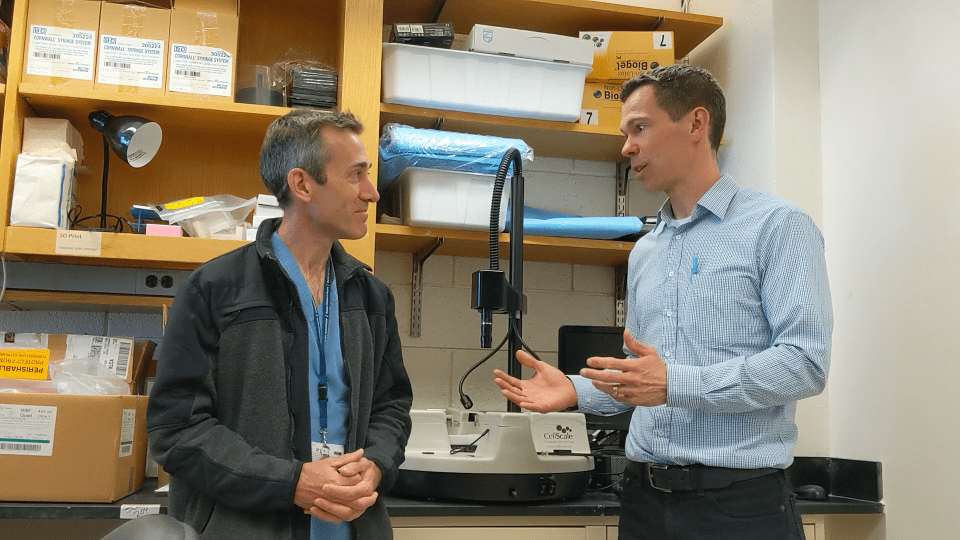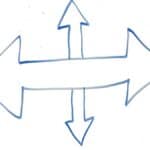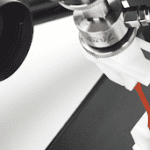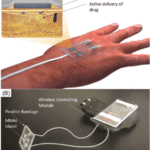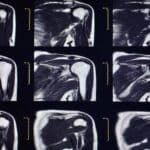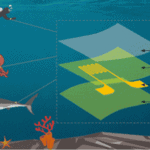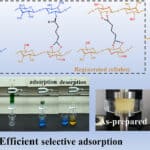In our In the Lab blog series, we catch up with researchers using CellScale systems.
In this installment of the blog, Caleb Horst chats with Dr. Peter Hammer at the Boston Children’s Hospital. Peter is a staff scientist and an instructor in surgery, using the CellScale BioTester in his work.
Caleb Horst: You have a really interesting position. You are an engineer, but you work at a hospital with the surgeons. Can you tell us a little bit more about what that is like for you and what your role is here?
Peter Hammer: Yeah, you’re right. It’s a bit of an unusual arrangement having an engineer working in a clinical department in the hospital. I’ve been working in research for many years. Several years ago I was hired by the department to work directly with clinicians, primarily cardiac surgeons to help bring some quantitative methods to bear some of the most challenging problems in cardiac surgeries.
CH: And what type of problems have you been tackling with regards to helping the surgeons do a better job with surgery?
PH: Mostly heart valves, helping to understand the biomechanics of heart valves but in a clinically relevant way. In other words, surgeons are faced with a reconstruction of a child’s heart valve – helping them understand what ways they can sort of measure or quantify the elements that go into a valve reconstruction to get more of a reliable result.
CH: You were telling me earlier how often the valves were taken from the patient’s own pericardium material, and you were trying to help them do a better job of harvesting that tissue and understanding how best to use the tissue that they have available?
PH: Yes, that’s right. In children, they typically will try to repair a valve rather than replace it. And repairing it means cutting and sewing the tissues that are already there in the child’s valve, or introducing materials, preferably the child’s own materials such as pericardium to reconstruct a leaflet, or even all the leaflets of the valve to get a working valve. And the challenge is that those materials, the properties of those replacement leaflet materials such as the child’s own pericardium, are not the same as the native valve leaflet so the surgeons has to make some alterations to the way he would size and shape a patch of a replacement leaflet and to do that, you really need to know the properties of that in a quantitative way.
CH: And so your research was to do mechanical testing not for the purposes of material modeling or generation of synthetic materials but just to provide that feedback to surgeons directly, and see that impact right away.
PH: That’s right, to help them understand if I use this type of material which is very stretchy, medium stretchy, not stretchy at all, depending on where it falls in that ‘stretchyness’ spectrum, how do we compensate when cutting and sizing patches and replacement leaflets to create a repair that’s robust and durable.
CH: And what was the workflow of the research then? You had to do mechanical testing so you needed samples, and you have that good communication with the surgeons, so how do you get samples? What kind of samples were they and what type of results were you able to get for the surgeons?
PH: When the surgeons operate on a heart valve, they know that they may need patch materials. They will harvest some of the patient’s own pericardium, put it aside, typically fix it to stabilize it using some type of chemical fix agent like glutaraldehyde. And then during a certain procedure, we’ll then cut a patch out of this to use during the procedure. They typically don’t use all of the patch they cut out and it just goes into the trash. I have told the surgeons that we can use those discarded operating room tissues. We’re able to test them in the lab here. We build a library of the properties of those different patch materials, with different amounts of fixation time or harvested from different sites.
CH: You mentioned you were able to compare it to different fixation time in terms of how extensible it is and also compare it to other commercially available products and do some studies with the alignment of the tissue. How are your results fed back to the surgeons?
PH: First I can start by saying that there really are no standard techniques for harvesting and fixing these tissues. Every surgeon does it a little bit differently. Part of the goal is to put numbers on the different variables involved in this process. How long did they fix these tissues? How much did they stretch when they were being fixed? And also the harvest site of the pericardium, how does that affect the properties and how it behaves. Part of the challenge was to try and quantify all the different steps that affect the final result which is the ‘stretchyness’, the durability of these tissues. In terms of disseminating this information, after we collected a fairly large number of samples from the different fixation methods, we wrote this up in journal articles, submitted this to journals, not in engineering journals but the journals that the surgeons read and that was a bit of a challenge, taking these methods and approaches that are used typically in engineering fields and distilling it, relating it in a way that the surgeons can understand and could then apply to their own practice, so making it very practical.
CH: We’re certainly glad you’re doing this work and it’s nice to see such a direct application, the knowledge we’re getting from the equipment like the BioTester toward health outcomes in a very short term. I hope there are more roles like yours that continue to come into existence in the world and more close interactions with engineering and material science people and surgeons.
PH: Thank you, yes, meaningful work, and I’m also very happy to see a machine like this come along that really took the mechanical testing apparatus from every lab having their own home built system to something that can really take a lot of the nuts and bolts assembly and machining and software and controls engineering out of it to make that all a turnkey system. This has been a real asset to this type of lab.
CH: I’m glad its in capable hands and you’re doing good work. Thank you very much and thanks for talking to us, I really appreciate it.
Watch the full interview here: https://youtu.be/r-n-Pzm4aoE
Read the publications of this work (using the BioTester):
Learn more about Dr. Peter Hammer’s work here: http://www.childrenshospital.org/research/researchers/h/peter-e-hammer

